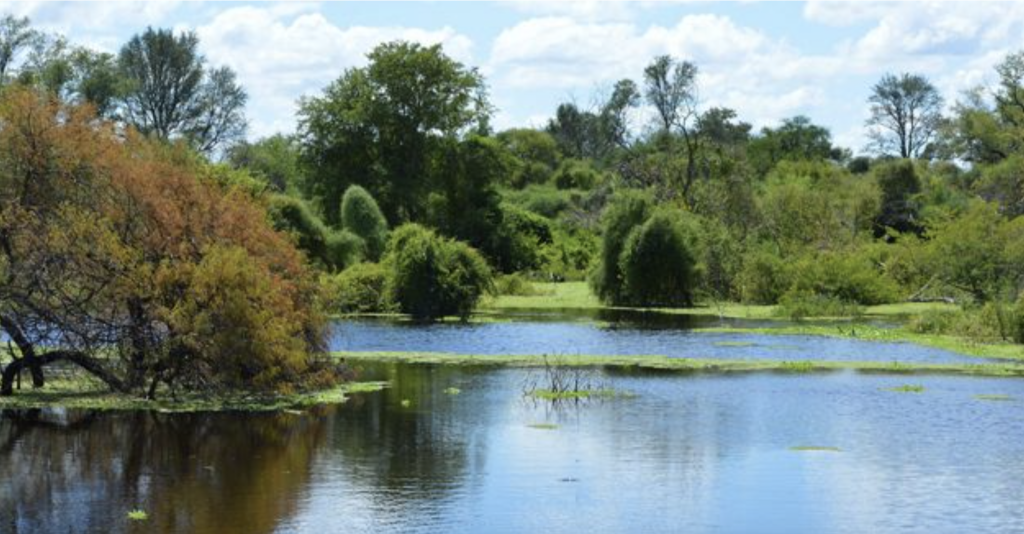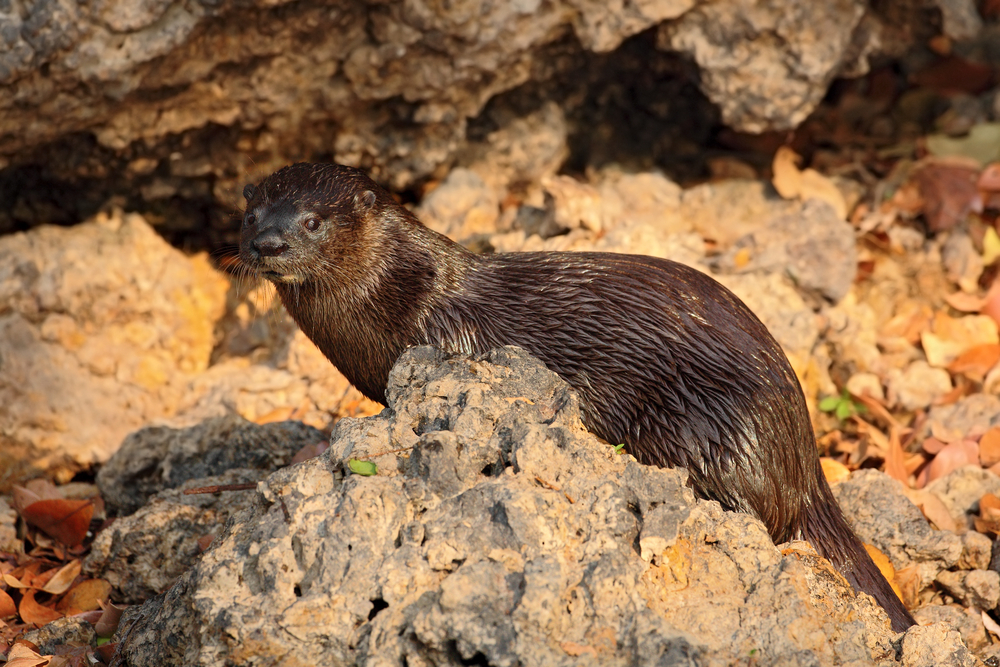Serranía San Luis Overview
Parque Nacional Serranía San Luis, known in Spanish as Parque Nacional Serranía San Luis, is a protected natural area located in the Concepción Department of Paraguay. It is situated between the Apa and Aquidabán rivers, covering an original expanse of approximately 39.5 square miles (102.37 square kilometers).
Though it was established as a national park in 1991, its designation has undergone administrative changes over time. The park remains an important ecological and geographical site in the region, attracting nature lovers and researchers interested in its diverse landscapes and ecosystems.
The terrain of Serranía San Luis features rolling hills and small mountain ranges, including the San Luis and Siete Puntas ranges, as well as the Paiva and Guaicurú hills. These formations create a striking landscape where cerrado ecosystems thrive alongside streams and patches of guaviramí fields.
The rocky soil provides a foundation for a variety of vegetation, including the endangered trébol tree, which holds ecological significance in the area. The park is home to pristine water sources, such as the Tagatiyá stream, known for its clear waters that offer ideal conditions for activities like surface diving and exploration.
One of the park’s most remarkable aspects is its biodiversity, with a wide range of flora and fauna inhabiting its forests, grasslands, and waterways. Among the bird species found here are the ñandú, a large flightless bird similar to an ostrich, the ynambú guazú, a type of tinamou, and colorful guacamayos, or macaws.
The park is also home to various mammals and reptiles, contributing to its ecological richness. The diversity of wildlife makes it an important area for conservation and a rewarding destination for birdwatchers and wildlife enthusiasts.
Visitors to Serranía San Luis have the opportunity to experience its natural beauty through hiking trails that traverse the park’s varied terrain. These trails lead through forests, across rocky hills, and alongside flowing streams, offering a mix of scenic and adventurous exploration.
The Tagatiyá stream has gained popularity among visitors for its crystalline waters, which have helped foster a small but growing ecotourism industry. The park’s rugged and less-developed nature provides an immersive experience, making it a destination for those seeking solitude and a connection with nature.
Efforts to improve conservation and management within the park have led to the establishment of ranger stations, laboratories, and visitor centers. These facilities support research initiatives and environmental education programs aimed at preserving the park’s ecosystems.
Despite challenges such as limited accessibility and ongoing administrative adjustments to its national park status, conservation projects have contributed to protecting the region’s natural resources while allowing sustainable tourism to develop.
The journey to Serranía San Luis is itself a scenic experience, with dense forests lining the route and offering stunning views. During the winter months, the landscape transforms as deciduous trees turn shades of yellow before shedding their leaves.
As visitors approach the mountain ranges, the shifting colors of the terrain and the distant silhouettes of the hills create a breathtaking panorama. The park’s combination of unique geology, thriving wildlife, and pristine natural beauty makes it an exceptional destination for ecotourism and nature conservation in Paraguay.












































































